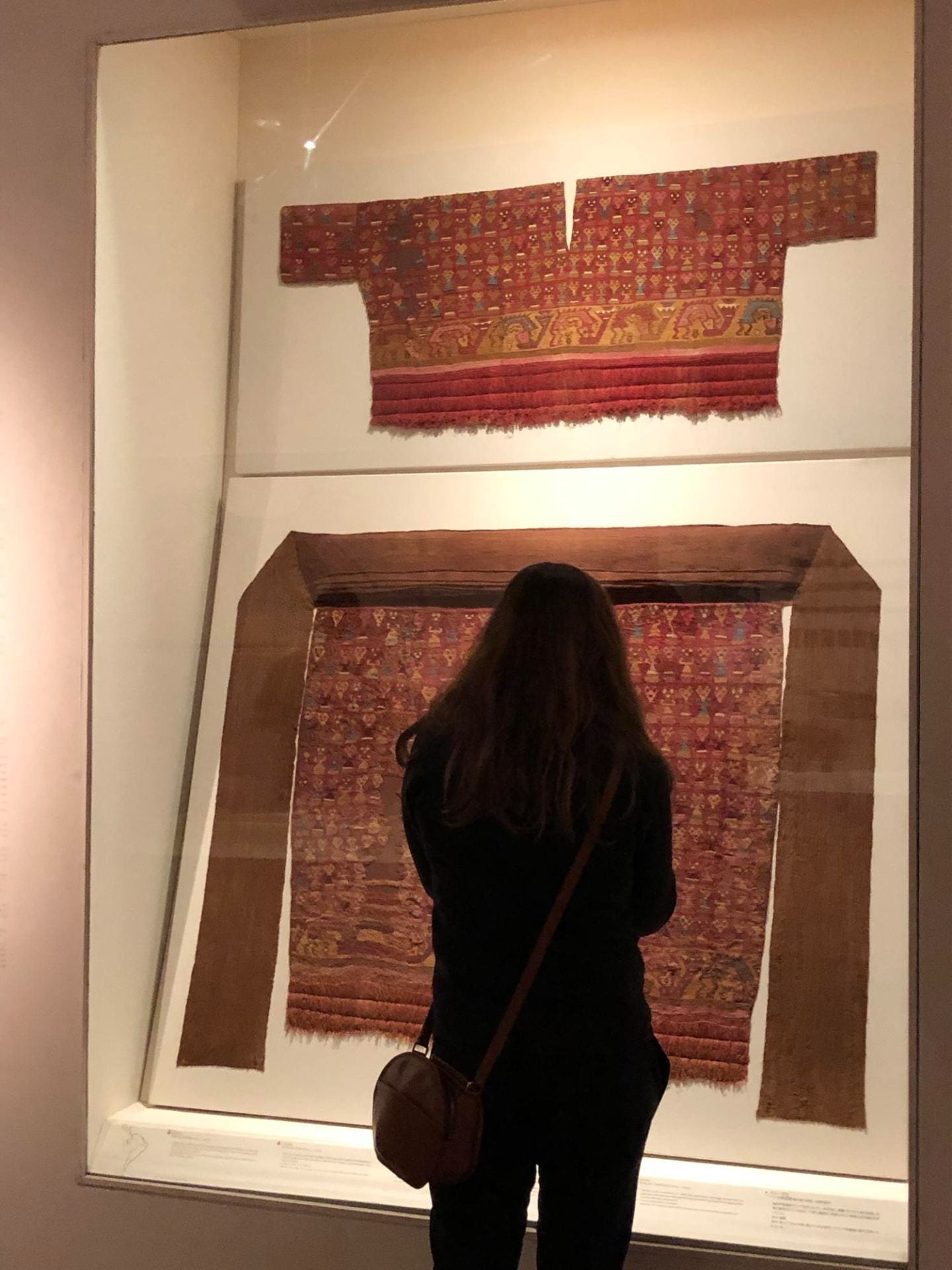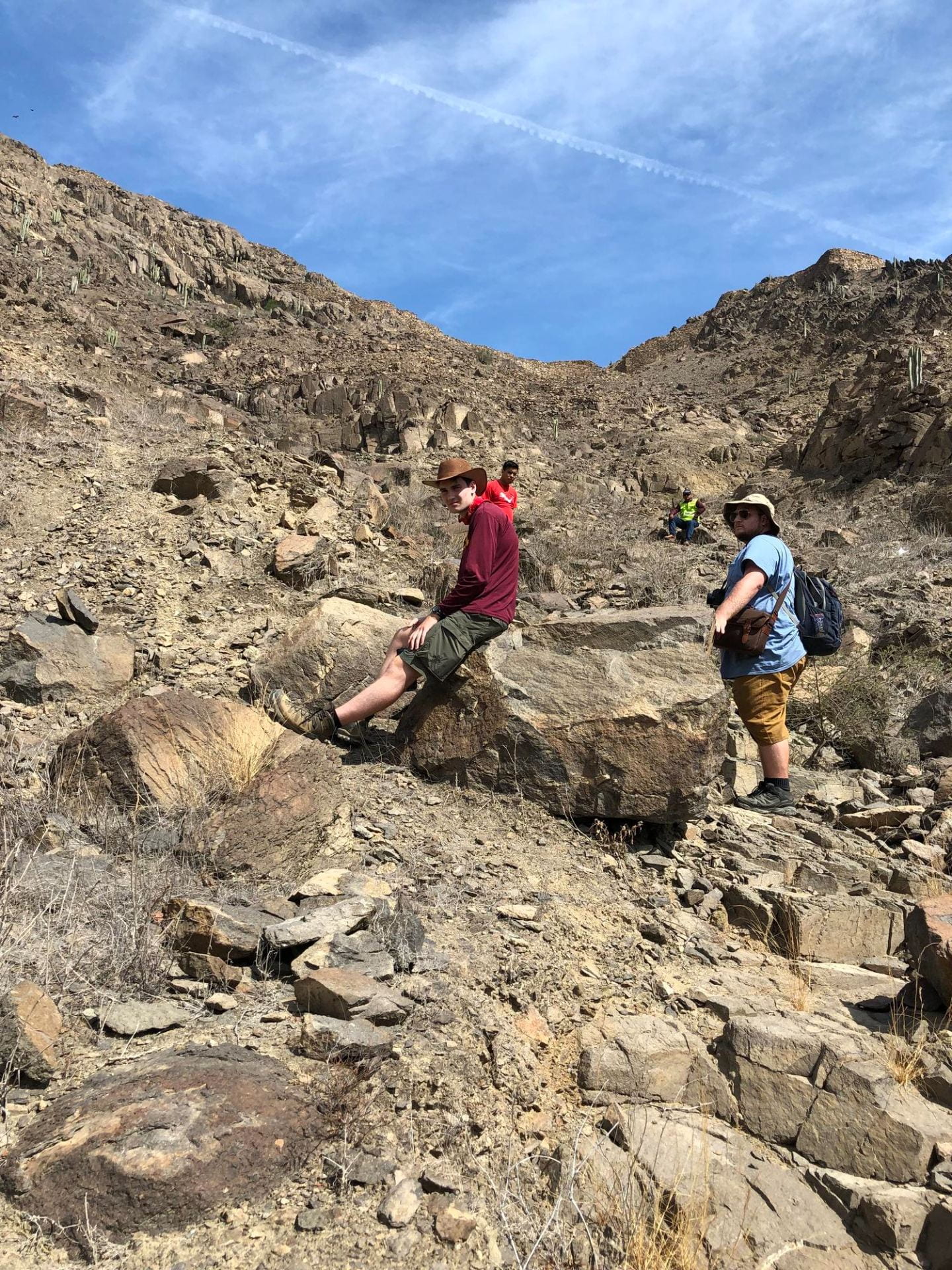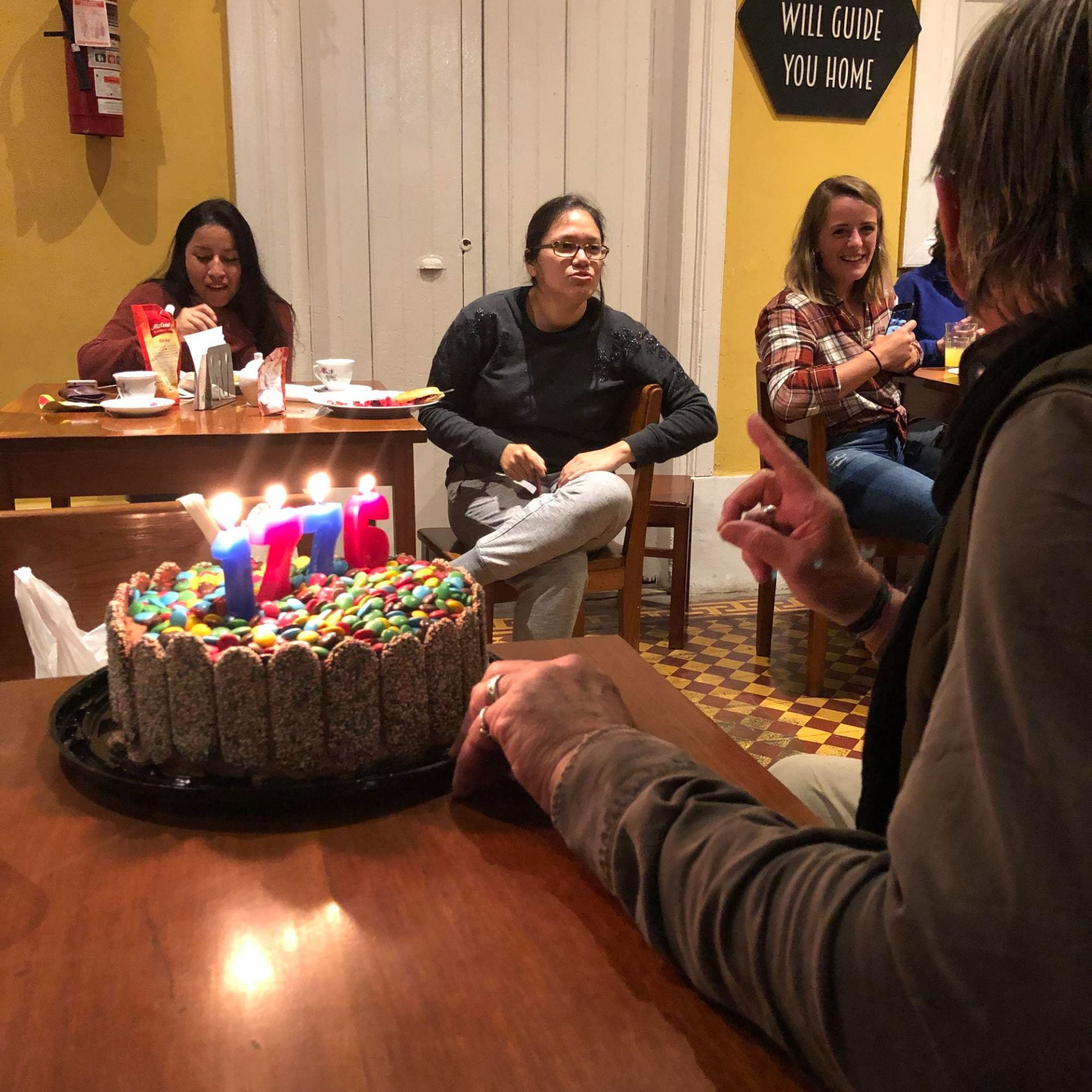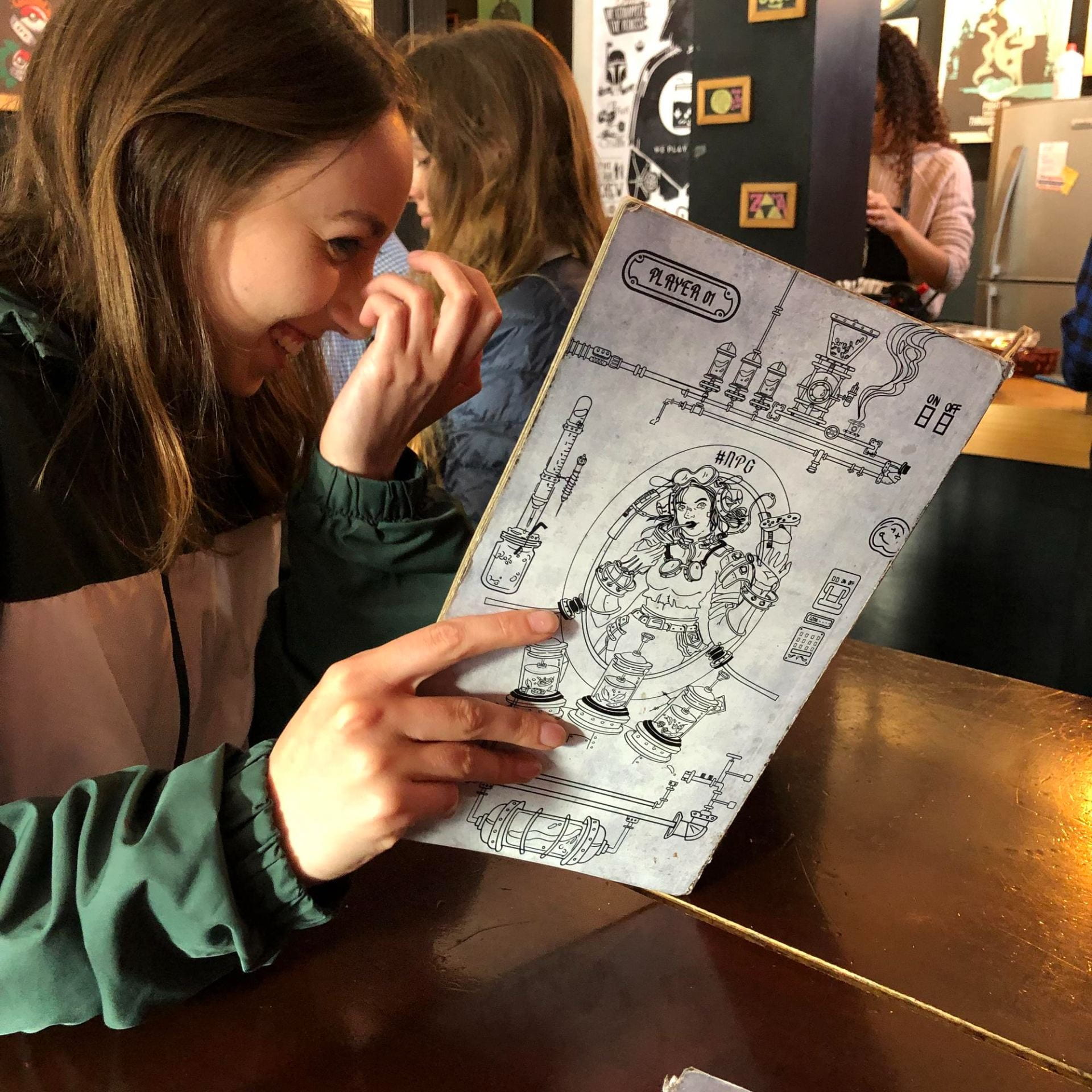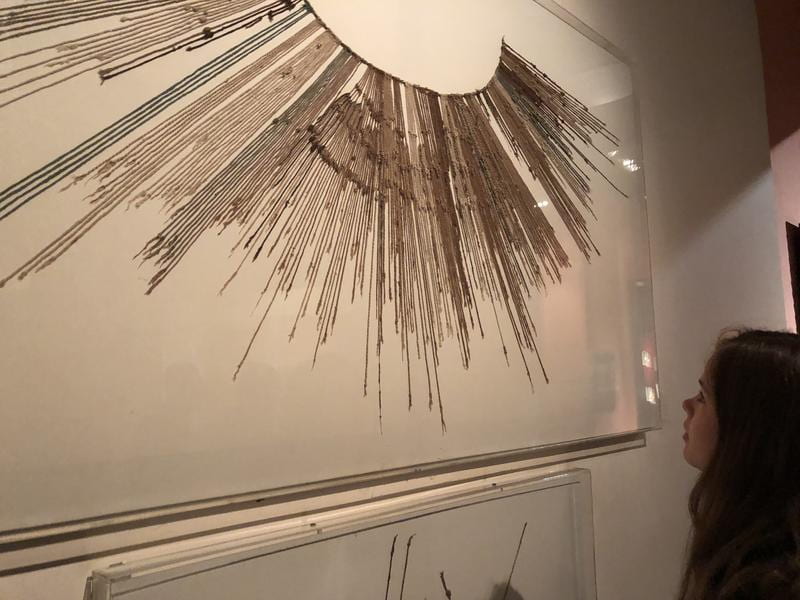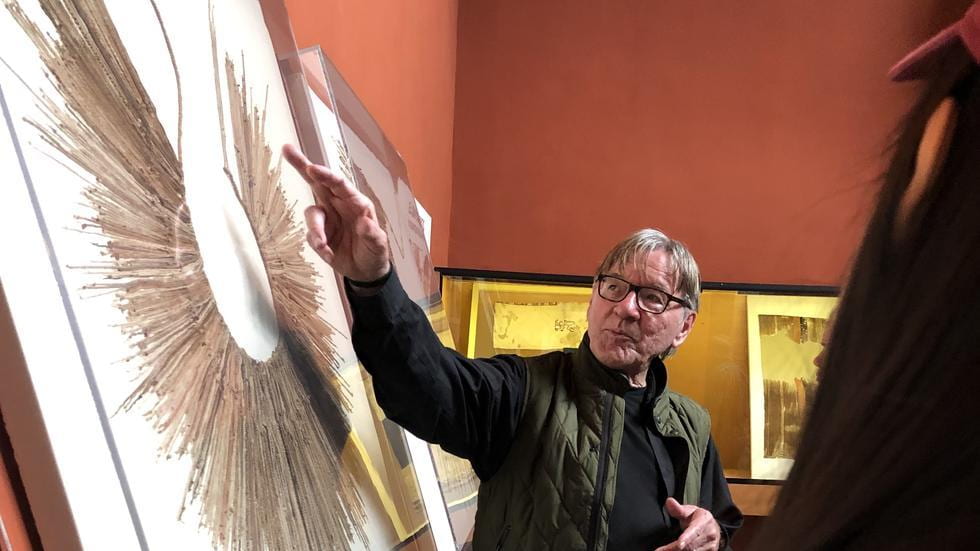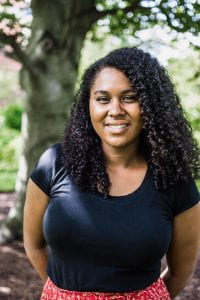
About the Author
Harvard Summer School Program in San Jose de Moro, Peru
The summer of 2019 has been an amazing adventure. We learned about Incan quipus from the world expert on the subject, toured important archaeological sites and museum with their directors, took lectures from Peru’s Minister of Culture and interacted with locals whose lives have been affected by archaeological research. On the weekends small packs of students ventured into town visiting local restaurants and cultural craft stores. I even got to practice my Spanish language skills as a I ordered the best milkshake I have ever tasted.
This past summer I had the pleasure of attending the Harvard Summer School Program in San Jose de Moro, Peru. In addition to providing me with course credit towards my concentration and access to the archaeological sites I am researching for my honors thesis, this trip provided me and my peers with invaluable cultural experiences as we traveled through the highlands and along the north coast of Peru. Having the opportunity to attend this archaeological field school has been invaluable to me as a student of Anthropology and as a global citizen.
More Student Views
Puerto Rico’s Act 60: More Than Economics, a Human Rights Issue
For my senior research analysis project, I chose to examine Puerto Rico’s Act 60 policy. To gain a personal perspective on its impact, I interviewed Nyia Chusan, a Puerto Rican graduate student at Virginia Commonwealth University, who shared her experiences of how gentrification has changed her island:
Beyond Presence: Building Kichwa Community at Harvard
I recently had the pleasure of reuniting with Américo Mendoza-Mori, current assistant professor at St Olaf’s College, at my current institution and alma mater, the University of Wisconsin-Madison. Professor Mendoza-Mori, who was invited to Madison by the university’s Latin American, Caribbean, and Iberian Studies Program, shared how Indigenous languages and knowledges can reshape the ways universities teach, research and engage with communities, both local and abroad.
Of Salamanders and Spirits
I probably could’ve chosen a better day to visit the CIIDIR-IPN for the first time. It was the last week of September and the city had come to a full stop. Citizens barricaded the streets with tarps and plastic chairs, and protest banners covered the walls of the Edificio de Gobierno del Estado de Oaxaca, all demanding fair wages for the state’s educators. It was my first (but certainly not my last) encounter with the fierce political activism that Oaxaca is known for.



